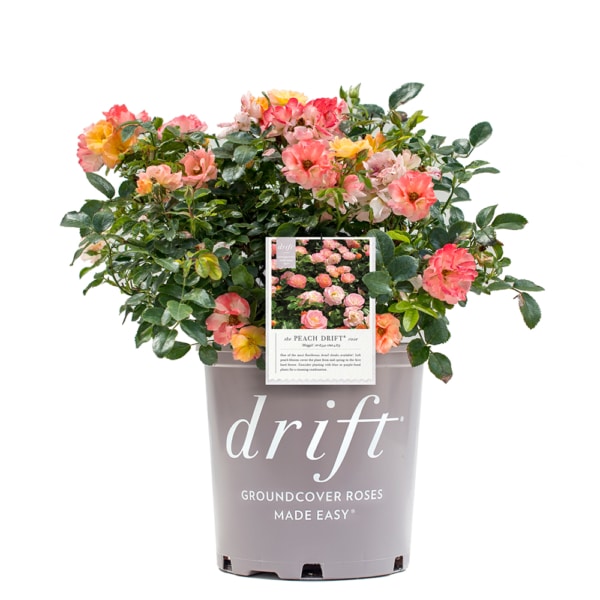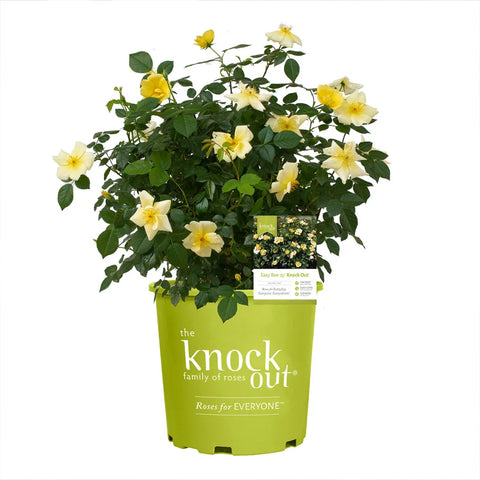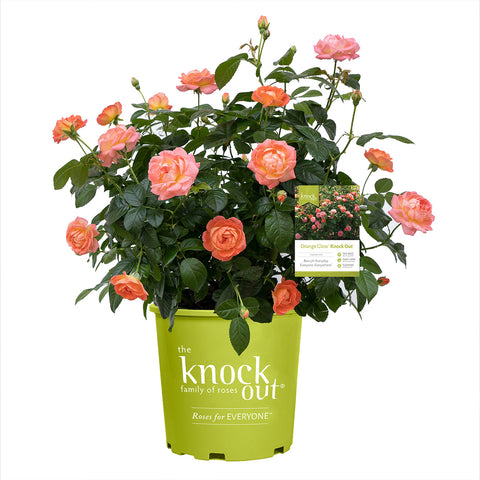Why Deadheading Flowers is Important
When flowers are past their prime, they turn their attention to producing fruits and seeds. Producing fruits and developing seeds wastes energy that might otherwise be used to make more flowers, foliage, or roots. Many gardeners ask us what is deadheading flowers? The act of deadheading flowers is removing spent flower blossoms so that the plant doesn’t spend energy producing seeds and fruit. Instead, the plant’s energy is redirect8ed to growing more foliage, roots, and a second bloom of flowers. And, more flowers are often just what we gardeners want!
Most annuals and some perennials will produce more flowers if the older, faded ones are cut off than they would have if the blossoms had been left in place. Deadheading plants also prevents seed formation and unwanted self-seeding. Removing unsightly faded blossoms improves the appearance of the flower garden. As a bonus, the continuous flowers that follow deadheading are often longer lasting than the ones that got the pinch.
Best Selling Rose Bushes




How to Deadhead Flowers
The proper way to deadhead is to go down the stem below the dead flower head and make your cut just above where the first healthy leaves come off the flower stem. Use pruning shears to cut the stem
For plants with multiple flowers on a spike, wait until most are finished blooming and cut off the whole spike just above the first set of healthy leaves. Repeat flowering will begin again.
For plants with a great many flower stalks, it can be easier to simply shear off enough of the top few inches to remove most of the spent blossoms. (Watch for unopened flower buds hiding among the faded blooms.)
As a general rule of thumb with most plants, you can simply pinch off the spent blossom with your fingers. Plants with tougher stem will call for pruning shears.
Plants that bloom off leafy stems respond well to deadheading. Perennial plants that bloom on leafless stems that arise from basal leaves generally will not rebloom after deadheading, but if they are deadheaded, they will redirect their resources to vegetative growth. The daylily, ‘Stella de Oro‘ (Hemerocallis ‘Stella de’ Oro’) is an exception, often reblooming repeatedly after deadheading and will continue blooming if you keep removing spent blooms..
Here are some common garden flowers that benefit from deadheading:
| Drift Roses |
| Knockout Roses |
| Bee balm (Monarda spp.) |
| Milk weeds (Asclepias spp.) |
| Columbine (Aquilegia spp.) |
| Foxglove (Digitalis spp.) |
| Garden cosmos (Cosmos bipinnatus) |
| Garden phlox (Phlox paniculata) |
| Geraniums (Pelargonium) |
| Hollyhocks (Alcea rosea) |
| Coneflower (Echinacea spp.) |
| Bleeding heart (Lamprocapnos spp.) |
| Larkspur (Delphinium spp.) |
| Lavender (Lavandula spp.) |
| Lupine (Lupinus spp.) |
| Marigolds (Tagetes spp.) |
| Rose campion (Lychnis coronaria) |
| Sages (Salvia spp.) |
| Shasta daisies (Leucanthemum x superbum) |
| Speedwells (Veronica spp.) |
| Tickseeds (Coreopsis spp.) |
| Violets (Viola spp.) |
| Yarrow (Achillea millefolium) |
For plants that do not rebloom when deadheaded, the procedure still allows them to direct more energy to grow instead of reproducing, thus becoming stronger and bushier, and producing more flowers in subsequent years. Hydrangeas, gardenias, azaleas, lilacs, magnolias, butterfly bush, and mountain laurel all benefit from deadheading even though they do not produce more flowers immediately.
Of course, if you are trying to encourage fruit production or self-seeding, you don’t want to be removing the flowers. Many gardeners like to allow annuals such as hollyhocks, foxgloves, lobelias, and larkspurs, among others, to go to seed for next year’s show.
Blooming plants that produce fruits or set seed pods that are important winter food for birds and wildlife (for example, coneflowers, sunflowers, viburnum, and hollies) can be left without deadheading, especially late in the growing season. Same for plants that have attractive seed heads or pods that provide winter interest.
The beauty of your garden will last longer if you keep up with regularly deadheading throughout the blooming season. Think of it as regular maintenance: Deadhead early and often. Jerry Garcia would be grateful.
























